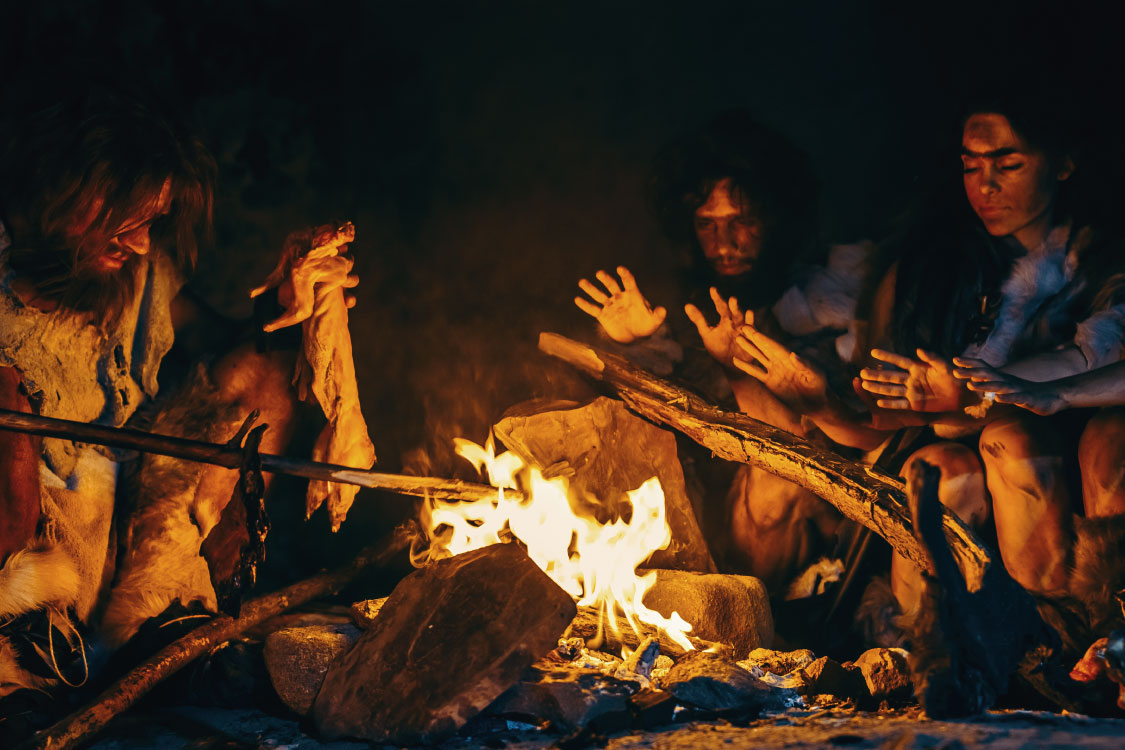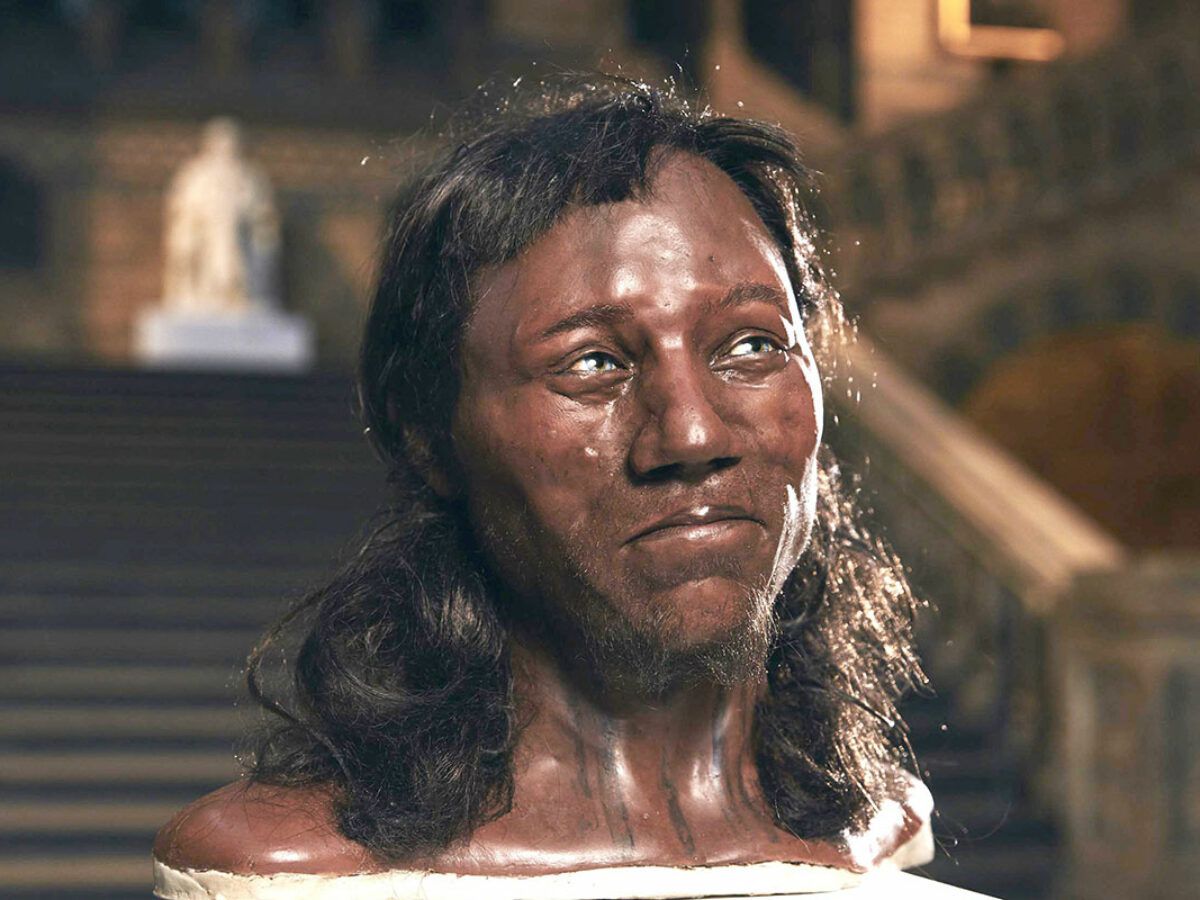The term “Black Irish” refers to people of Irish descent who have dark features, black hair, darker skin, and dark eyes. Surprisingly, the term is rarely used in Ireland, but it has been passed down for centuries among Irish emigrants and their descendants.

Throughout history, Ireland has been subjected to numerous invasions from a variety of countries. Around 500 BC, the Celts arrived on the island. Vikings first arrived in Ireland in 795 AD and founded the Norse Kingdom of Dublin in 839 AD.
When the Normans arrived in 1171, the Kingdom of Dublin came to an end. When the Normans faced these Hiberno-Norse kingdoms in Ireland, society gradually evolved into what is now known as Norman Ireland.
The Vikings would almost certainly have stayed in Ireland much longer if it hadn’t been for the famous Irish hero Brian Boru, who dared to chase off the Vikings, also known as dark invaders or black foreigners. Foreigner is spelled “gall,” and black (or dark) is spelled “dubh.”
Many of the invaders’ families adopted Gaelic names incorporating these two descriptive words. The name “Doyle” is derived from the Irish word “O’Dubhghaill,” which means “dark foreigner,” revealing their ancestry as an invading force with dark intentions.
Members of the Spanish army were shipwrecked off the coast of Ireland in 1588. If they had stayed on the island and started families, their genes might have been passed down through generations.
However, most historians believe that the majority of these Spanish soldiers were captured and executed by British authorities, so any who survived are unlikely to have influenced the country’s gene pool.
Hundreds of thousands of Irish peasants emigrated to America during the Great Famine of 1845-1849. Because they escaped from this new type of black death, they were labelled “black.” Following the famine, many Irish fled to America, Canada, Australia, and other countries.
During the 1800s, the relationship between Ireland and Britain was strained, resulting in mistrust. The British government did not provide adequate assistance in resolving the issues. The British may have used the term “Black” in a derogatory manner.
It’s difficult to say when the term “Black Irish” first appeared, but it appears that several historical events in Ireland contributed to the term’s emergence. As we’ve seen, there are numerous theories as to how the term came to be.
It is unlikely that the “Black Irish” are descended from any small foreign group that integrated with the Irish and survived. It appears that “Black Irish” is a descriptive term rather than an inherited trait that has been applied to various categories of Irish people over time.
Cheddar Man
In 2018, geneticists at University College London and the Natural History Museum revealed that ‘Cheddar Man’ ― a Mesolithic skeleton found in a Somerset cave in 1903 ― had “dark to black skin”, blue eyes and curly hair.

Cheddar Man ― who had previously been portrayed as having brown eyes and light skin ― was among the first permanent settlers to make the UK their home, and is related to around 10 percent of the modern population there.
Dan Bradley, professor of population genetics at Trinity College Dublin, in a joint project with the National Museum of Ireland, Trinity compiled data from two Irish individuals who lived over 6,000 years ago ― and had discovered that they possessed similar traits to Cheddar Man.
“The earliest Irish would have been the same as Cheddar Man and would have had darker skin than we have today,” Prof Bradley said.
“We think [ancient Irish populations] would be similar. The current, very light skin we have in Ireland now is at the endpoint of thousands of years of surviving in a climate where there’s very little sun. It’s an adaptation to the need to synthesise vitamin D in skin. It has taken thousands of years for it to become like it is today.” ― Prof Dan Bradley
Later studies have also concluded, the prehistoric Irish people, hunter-gatherers from 10,000 years ago, were dark-skinned and had blue eyes. So, could it be possible that the term “Black Irish” is actually originated from 10,000 ago?



